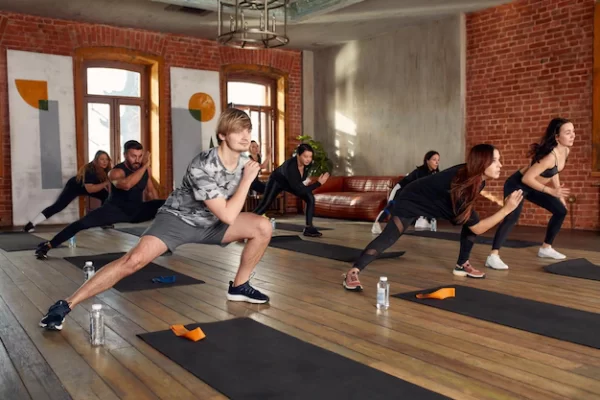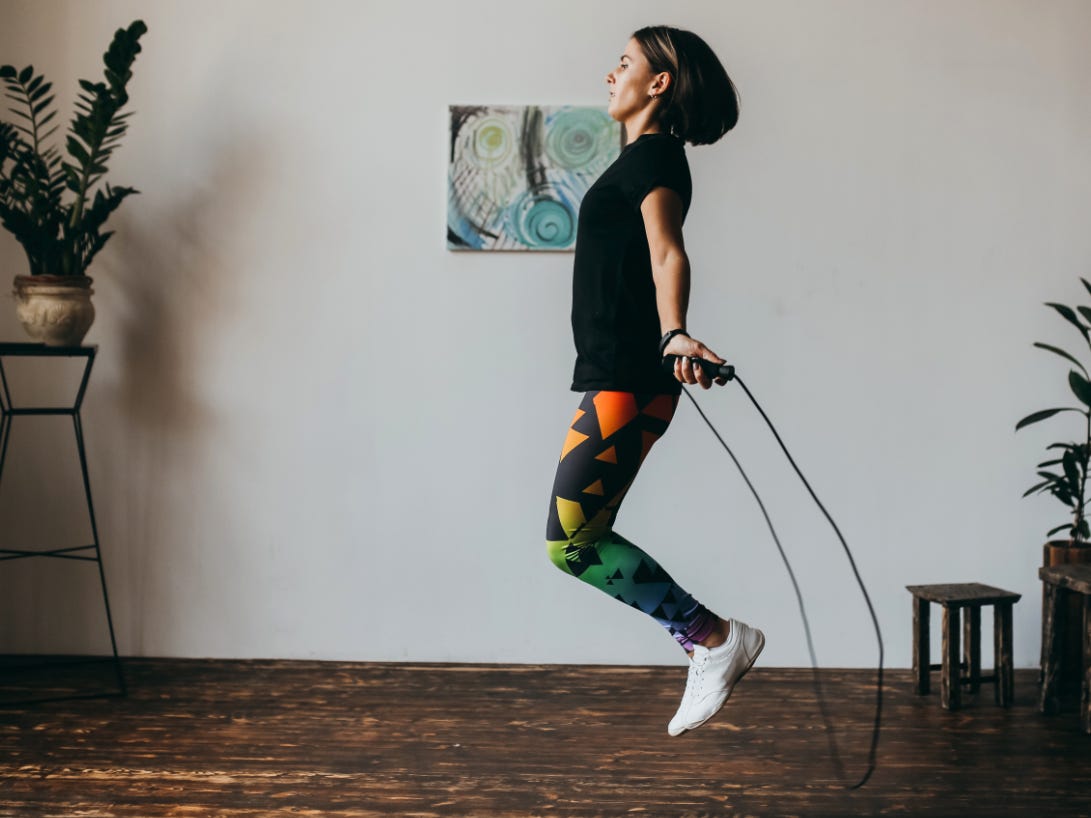“Your heart has been mended, but it’s not like before.”
About 45 million people in India suffer from coronary artery disease each year, most of them in the age bracket of early forties to late seventies. Tiny blood vessels supplying the heart and providing it with nutrition either thicken or get clogged up with clots and fatty deposits, slowly diminishing in their capacity to function properly.
Angioplasty or percutaneous transluminal coronary angioplasty (PTCA) is a temporary technique used to widen the coronary arteries by placing a stent (a small, expandable tube) in the area of blocked vessel to enable blood circulation to the heart.
The word angioplasty is derived from Greek words angio meaning vessel and plasticos meaning “fit for moulding.” The rate of performing angioplasty surgeries in India has increased by about 42% in 2015. This is indeed a dismal situation where people are increasingly seeking treatment for a condition whose origins are based in our faulty lifestyles.
Unhealthy diet choices and sedentary activities have rendered our bodies weak and more prone to falling ill. More and more people are falling prey to their hectic lifestyles and ignoring simple things that can benefit their health.
Here are simple ways that can be followed at home to help our ‘mended hearts’ gather some strength :
Activity and Exercise :
Exercise is a good way to start strengthening your body after surgery. The aim of exercise is to improve your aerobic (producing energy in presence of oxygen), non-aerobic(without oxygen) capacity and improving blood circulation which in turn boosts oxygenation of the heart.
Stress relief too forms an important part of exercise because a calm mind can readily influence the body to bring about positive changes in itself.
Before starting any activity, here are a few things that you should keep in mind :
- You will be required to rest for 1-2 days after the surgery.
- Consult your cardiologist on how to start a workout routine.
- Understanding your body’s needs is the key to a workable exercise plan. Do not exert too much.
- Your doctor would recommend you for a cardiac rehabilitation programme which involves a combination of exercise and discussion sessions to help recover your heart after an angioplasty surgery. In these sessions,you would be taught to understand and recognise your risk factors and guided on how to reduce it.
- If you don’t have a cardiac rehabilitation programme, there is nothing to worry about. You can start up with a simple plan of your own where you list activities that you would like to begin with.
- Friends and family are a great source of inspiration to help achieve your goals. Ask someone to accompany you during the workout sessions.
- Avoid taking alcohol or coffee before exercising. Caffeine is a stimulant and alter the responses during physical activity.
Workout guidelines :
- Exercise only after 1-2 hours of taking a full meal.
- A minimum of 150 minutes of exercise in a week after angioplasty is considered to be sufficient by experts.
- Start with a slow warm up lasting 10-15 minutes. You can do neck rotations, arm raises, leg stretches, etc.
- Begin with ‘cardiac walks.’ These are low intensity walks meant to increase the blood fow to your heart and condition your body for exercise. It is ideal to start them in the hospital itself during your recovery period. Do little walks of 10 minutes three times everyday and gradually increase the duration and reduce their frequency.
- You must do only so much activity that the heart rate doesn’t increase a lot. If you start feeling tightness in the chest, dizziness, nausea or any unusual pain, stop immediately and consult your cardiologist.
- When you start taking the stairs, do so slowly and gradually. Take deep breaths as you go up.
- Low to moderate strength activities are fine after angioplasty surgery but start them only after your cardiologist gives you the green signal. Yoga is a good example of low intensity strength training that gives long term results if done regularly.
- Once you are comfortable with the 30 minute walking routine and need some variety, try other aerobic activities like jogging, cycling and swimming. You would enjoy cycling and swimming as they offer more outputs on less efforts.
- It is important that you pay the same attention to your cooling down activities as you have to warming up. Cooling down properly brings down the heart beat and pulse.
Diet :
Maintaining fitness is an intricate interplay of physical, mental and social well being. When it comes to the physical aspect, both exercise and diet play equally important roles. The body has a very strong tendency to hold onto every bit of fat it has in order to save energy. It thus becomes very important to provide the body a steady source of energy but controlling the fat intake.
Here are a few tips you can use to maintain a healthy diet :
- Your body needs the ‘good fats’ not the ‘bad fats’. HDL or high density lipoprotein (good cholesterol) is responsible for protecting the heart from problems like heart attack and stroke.
LDL, VLDL (low density lipoprotein, very low density lipoprotein) and chylomicrons are the ‘bad fats’ which, when taken in excesss quantity increase the risk of heart disease.
Eat foods that are rich in HDL such as whole grains, legumes, flax seeds, fish, etc.
- Aim for having 4-5 servings of fresh fruit and vegetables everyday. They are a rich source of vitamins and minerals (micronutrients) that silently contribute to the body’s immunity and routine functions as well.
Fruits are a blessing in disguise since they are a unique combintion of sweet taste and low calories. They contain fructose which is a natural sugar and can easily satisfy your sweet cravings. Vegetables are a storehouse of all the essential minerals like iron, magnesium, potassium and vitamins A,B,C,D,E and K.
- The fibre present in veggies and fruits give a feeling of ‘being full’ and thus limits the amount of food you are eating. You can use nice herbs and spices to flavour up your salads, instead of using buttery sauces.
- Eat foods which are found in their natural form rather than opting for the ‘processed options.’ Now whenever you go to the market to buy anything, check the label. See how it is manufactured.
Go for whole grain food items, such as brown bread, wheat flour (atta) instead of all-purpose flour (maida). You can have oats, rotis (flatbread) made of sorghum (jowar) and millets (bajra) to increase your fibre content. These grains are especially beneficial for people who suffer from certain dietary intolerances as well as help in losing weight quickly and in a healthy way.
- When it comes to choice of non-vegetarian food, you should be able to choose the ones which have high protein with very little or no saturated fats. Fish, goat meat and chicken without its skin are good options to start with. Fishes are rich in omega-3 fatty acids which can lower triglyceride levels in the body and boost heart health. You can eat non-vegetarian food 3 times a week.
Avoid red meat such as beef and lamb since their saturated fat has a higher potential to clog the arteries.
- Legumes like groundnuts beans and peas are ‘low fat proteins personified’. They are a rich source of HDL and proteins and easily create a feeling of fullness. These can be easily substituted for meat in diet or taken as side dishes and snacks.
- Pistachios, almonds, walnuts, cashews, each and every product of the nut-market has something beneficial to offer. Nuts provide with ample fibre, vitamins and minerals. They are a rich source of antioxidants that counter against harmful free radicals in the body. If you can’t eat fish, they are your go-to source of omega-3 fatty acids.
But take care to limit the consumption of nuts to only a handful everyday.
- Vegetable-based oils such as canola, groundnut, olive and sesame oil are where the healthy fats live. Avoid coconut and palm oils, as they contain saturated fats.
You can team up with your dietician who will help you chart a balanced diet plan that benefits your heart as well as control your hunger pangs. There is a plethora of fitness centres today which can help make you fit in a holistic manner.
Angioplasty surgery as a procedure can only keep the problem at bay, but cannot cure the cause of coronary artery disease. In this case, ‘prevention is the best cure.’
Family, friends, support groups and most importantly, you yourself can beat the future consequences of this disease if you decide to make constructive changes in your lifestyle.





